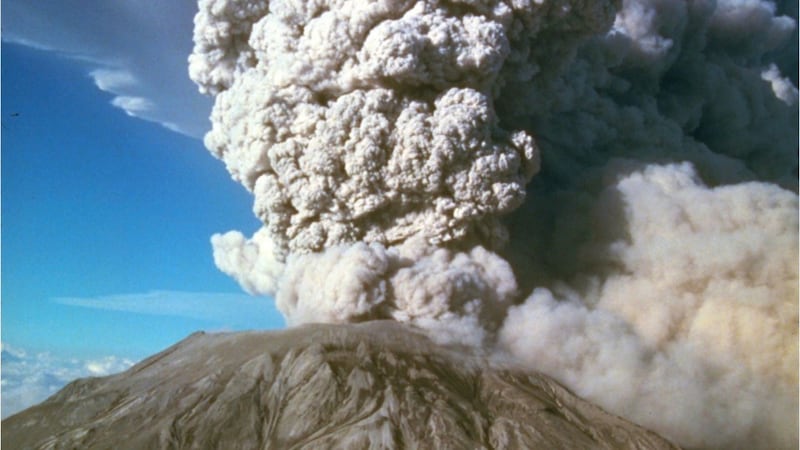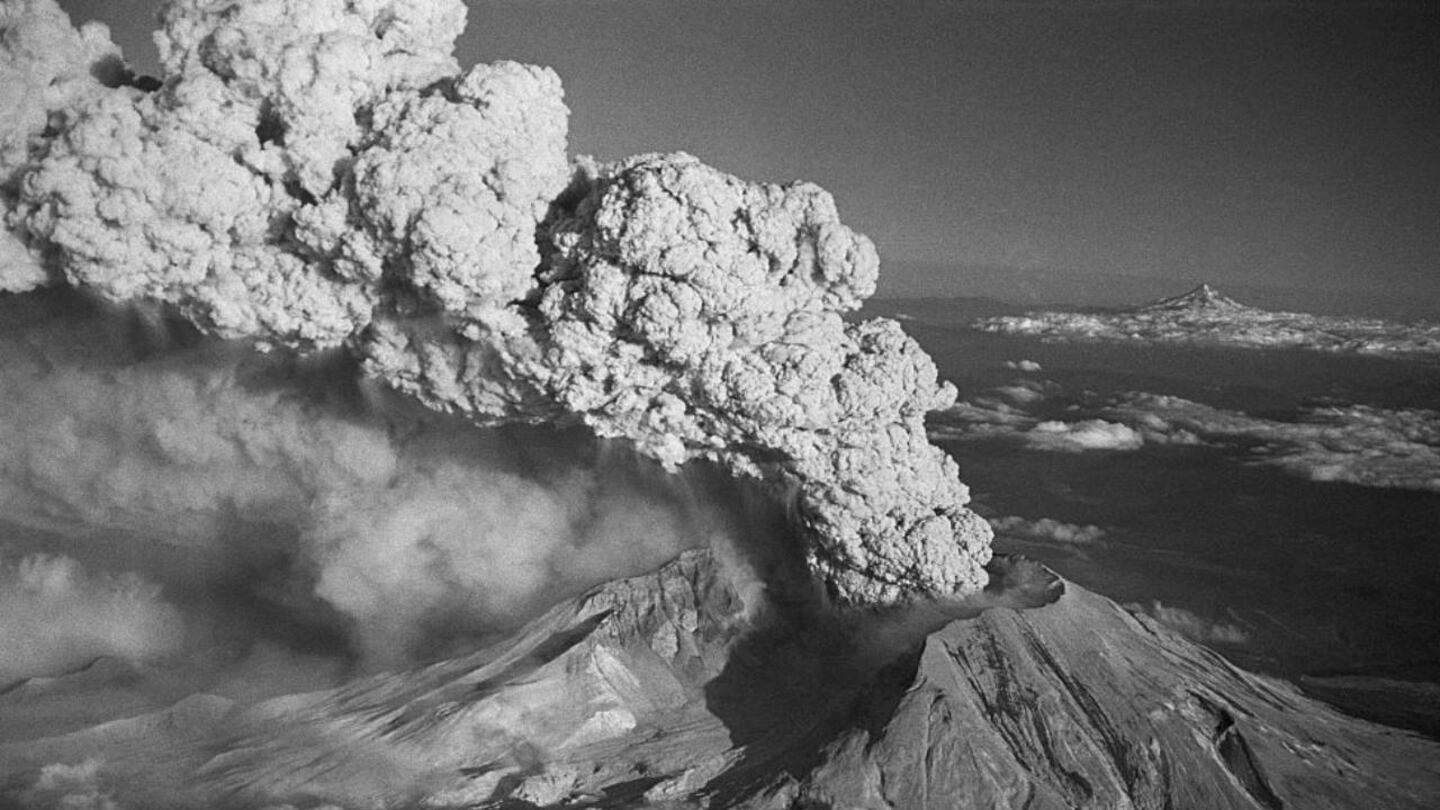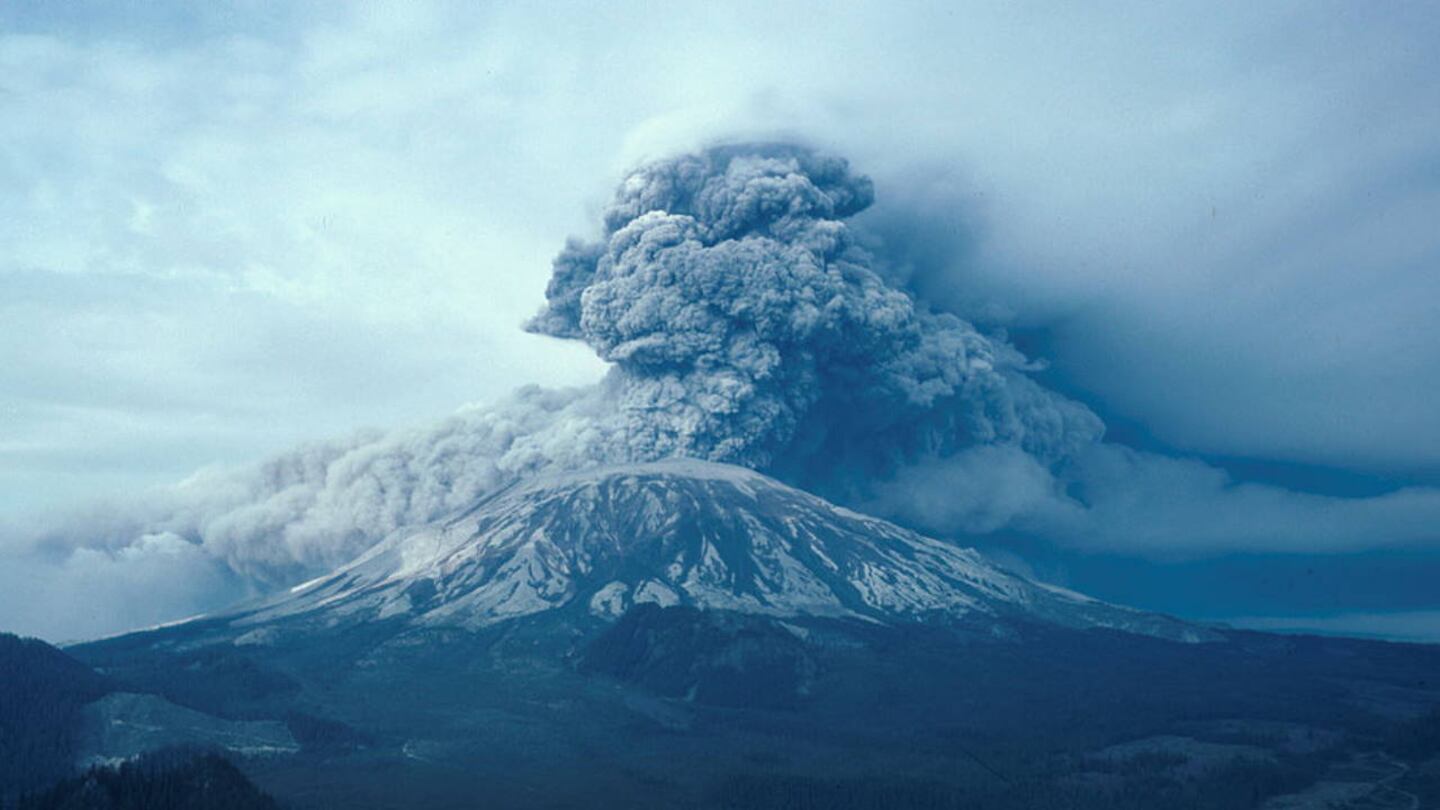Tuesday marked the 41st year since the disastrous eruption of the Mount St. Helens volcano in Washington state. It remains the deadliest volcanic eruption in U.S. history.
At 8:32 a.m. on May 18, 1980, an earthquake triggered the largest landslide in recorded history, setting off massive explosions that blasted rocks, ash, volcanic gas and steam upward and outward.
The earthquake and lateral blast that took out the north side of the mountain also sheared the top 1,300 feet of the volcano.
An 80,000-foot plume of ash filled the sky and darkened it even hundreds of miles from the volcano.
The eruption destroyed hundreds of homes and leveled 185 miles of highway.
TODAY IN HISTORY: 40 years ago, the Mount St. Helens volcano in Washington state erupted, leaving 57 people dead. https://t.co/oEuPquIp53 pic.twitter.com/KDRlhNvTji
— ABC News (@ABC) May 18, 2020
Fifty-seven people were killed, including Steve Dill's father and stepmother, Robert and Ellen Dill.
“It’s difficult when you lose someone to a natural disaster like that. People are absolutely stunned when they hear your parents were killed in a volcano,” Steve Dill told KIRO-TV.
Winds blew 520 million tons of ash across the country.
Francisco Valensuela said he was just west of Mount St. Helens when the mountain blew. He said he ran to his car for safety.
“I thought in fact that we were going to suffocate for a while," Valensuela told KIRO. “It was an unimaginable kind of thing to witness. You could not understand it. You could not comprehend it.”
Mudflow rushed down the Toutle River Valley, carrying trees and debris.
KIRO 7 employees described where they were when the eruption happened.
Anchor Steve Raible: “I was still playing for the Seahawks at that time, so I was on vacation, my wife and I in Hawaii with other friends. In fact, we were getting ready to go out and Jack Sikma and Wally Walker, who were Sonics at the time, happened to be over there vacationing as well -- they stopped by. It was amazing. We saw some of the coverage on television in Hawaii, but we really didn’t get a sense for it until we got back to Seattle and then watched the coverage here on KIRO 7 and some of the other stations, and we even got some of the stations in Portland as well on satellite.”
40 years ago Mount St. Helens erutpted #MSH40 pic.twitter.com/nj3R80JJXz
— Alan Robock ☮ (@AlanRobock) May 18, 2020
Consumer reporter Jesse Jones: “I was mowing the lawn at my dad’s house in Lakewood, Washington. We go take a break. Walk in the house, turn on the TV. ‘Oh my gosh. It’s the volcano. It’s gone crazy.’ People -- you know, death destruction, the whole nine (yards). I’m like, ‘Wow, this is bad, Dad, this is really horrible.’ And Dad looked at me and said, ‘I think it’s time we get back to that lawn.”
Reporter Amy Clancy: “I was riding my bike in my neighborhood in Lakewood with a buddy of mine and all of a sudden we heard this huge rumbling and we looked southeast and we saw this big huge mushroom cloud.”
Anchor Michelle Millman: “This was a Sunday so obviously, you know, we weren’t in school -- it was a Sunday morning. My dad was out of town on business in Oregon and he couldn’t get home because I-5 was shut down.”
The disaster gave scientists a way to develop monitoring tools, improving their ability to predict eruptions and save lives.
Scientists expect Mount St. Helens will probably erupt again this century.
In the last few decades, satellite technology has improved dramatically, helping scientists detect movements in the earth.
A team of researchers started an imaging experiment last year to determine how magma gets to the surface.
40 years ago today was the big eruption of Mount St. Helens. Tune in today at 1:00 ET to get all of your volcano questions answered from @SmithsonianGVP including @janinekrippner & @gabbroguy! What questions do you have? #SmithsonianEduhttps://t.co/ARh4wlcGbv pic.twitter.com/hJRZFt2M1j
— Smithsonian's STEM in 30 (@STEMin30) May 18, 2020
A United States Geological Survey study shows that Washington has four high threat volcanoes.
The only state with more is Alaska, which has five.
Mount St. Helens has the second-highest overall threat level of any volcano studied.
Mount Rainier is right behind it, followed by Glacier Peak and Mount Baker.
The study scored a volcano’s threat factor based on factors such as the size of the volcano and the population density around it.
Washington State Parks and the Mount St. Helens Institute are holding events online, so people can visit virtually.
Cox Media Group








